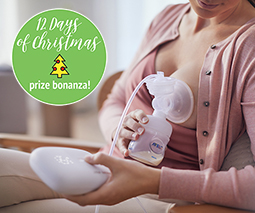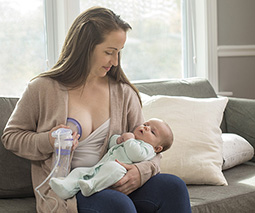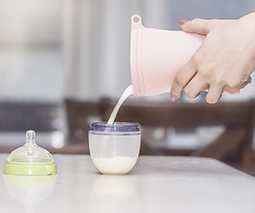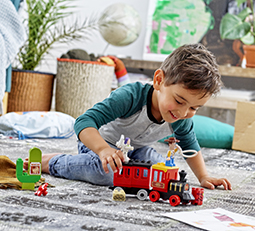Sippy cup success – how to get your child off your breasts and onto a cup

It’s not always as simple as throwing out the breastfeeding tops, hiding all bottles and giving your little one a cup. This might work for some kids but most require a little bit of transition time. Here’s how to do it with minimal tears, tantrums and trips back to the chemist to replace the bottles you just binned.
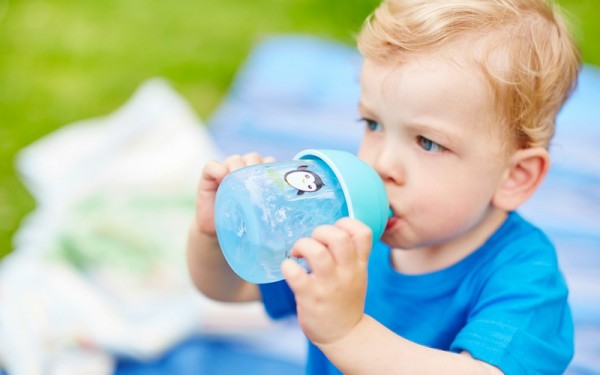
1. Start with a lightweight sippy cup that’s easy to grab
The good thing about a sippy cup is that it makes the transition to cups a lot easier. Sippy cups are designed especially for little hands, with easy-grip handles and an angled spout for leak-free drinking.
2. Let him play
A new sippy cup is a new toy. It’ll drive you mad when your child wants to drop it on the floor 800 billion times and watch you pick it up, but it’s all part of getting used to something new. Show him that it’s for drinking, not playing with, and hopefully he will catch on.
3. Offer cup first, then breast or bottle
A bit like when you start making solid foods your baby’s main food, the order that you offer things matters. Your baby might be hungry enough to happily try the new device regardless. Most likely, it will take some time.
4. Switch halfway
You can also try giving bub half her feed from a bottle and then swap to a sippy cup for the other half. Some mums have found success this way and you will only know if you try.
5. Keep up the cuddles
Use the same position you use when breast or bottle feeding. Keeping the closeness your baby is used to will help him feel secure. Just because the feeding is changing, doesn’t mean the cuddles have to!
6. Tag team
Ask your partner or a friend to try bub with the sippy cup. This one is a handy tip if you think that your baby is associating you with milk, especially if you’re breastfeeding.
7. Show him how to use both hands
Two hands are better than one when it comes to sippy cups as they can be too heavy for baby to hold with just one hand.
Babies are creatures of habit and they are going to always choose what they know and what feels comfortable to them. It can take time for your child to get comfortable with taking a drink from a cup. He may refuse to drink from the cup 105 times but decide to take it on the 106th go. Hang in there!
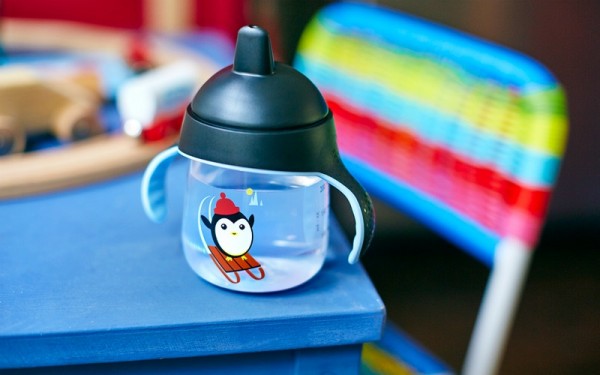
There are conflicting views on when to move your baby away from the bottle (or breast) and what, if any, damage having a bottle for an extended amount of time can do to your little one’s teeth.
Regardless, it’s always helpful if your child can take water and milk from a sippy cup, such as the Philips Avent Sip, No Drip cup – it offers them a chance to be independent, gives you a few more options and allows you to resign your title of ‘milk machine’, if you want to.
It may not happen overnight, but, with time, bub will learn to love the cup as much as he loves his bottle or your breasts.

